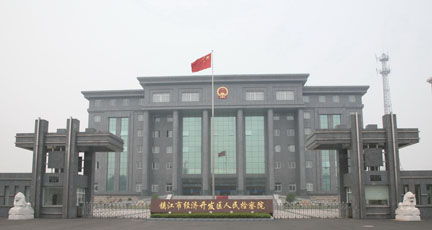Counterinsurgency
Counterinsurgency refers to a set of military, political, economic, and social actions undertaken by a government or an occupying force to defeat an insurgency—a rebellion or armed resistance against established authority. The term is often abbreviated as COIN and is typically employed in the context of combating guerrilla warfare or irregular armed groups that seek to overthrow or destabilize a ruling power.
Definition and Core Concept
At its core, counterinsurgency involves efforts to neutralize insurgent movements while simultaneously winning the support of the local population. Unlike conventional warfare, which focuses on defeating an enemy through direct military confrontation, counterinsurgency emphasizes a combination of security measures and "hearts and minds" strategies. This dual approach aims to undermine the insurgents' influence by addressing the root causes of unrest, such as poverty, political exclusion, or social injustice, while also targeting the insurgents' ability to operate.
Historical Context
Counterinsurgency has been a prominent strategy in numerous historical conflicts. For example, during the Malayan Emergency (1948–1960), British forces successfully employed COIN tactics to suppress a communist insurgency by combining military operations with efforts to improve living conditions and gain local support. Similarly, the Vietnam War (1955–1975) saw the United States attempt counterinsurgency against the Viet Cong, though with less success due to challenges in winning popular support and adapting to local conditions.
Key Strategies
Effective counterinsurgency often relies on several key strategies:
- Military Operations: Targeted actions to disrupt insurgent networks, capture leaders, and secure key areas.
- Population-Centric Approach: Building trust with civilians through infrastructure development, education, and governance reforms to reduce insurgent recruitment.
- Intelligence Gathering: Collecting information on insurgent activities, often through collaboration with local communities.
- Psychological Operations: Using propaganda or messaging to weaken insurgent morale and encourage defections.
Challenges and Criticisms
Counterinsurgency is not without its difficulties. It requires significant resources, patience, and coordination between military and civilian entities. Critics argue that it can lead to prolonged conflicts, as seen in Afghanistan (2001–2021), where despite years of COIN efforts, insurgent groups like the Taliban ultimately regained power. Additionally, heavy-handed tactics or failure to address local grievances can alienate the population, inadvertently strengthening the insurgency.
In conclusion, counterinsurgency is a complex and multifaceted approach to combating internal rebellion. Its success depends on balancing military precision with efforts to build legitimacy and stability, making it a challenging yet critical tool in modern conflict resolution.
